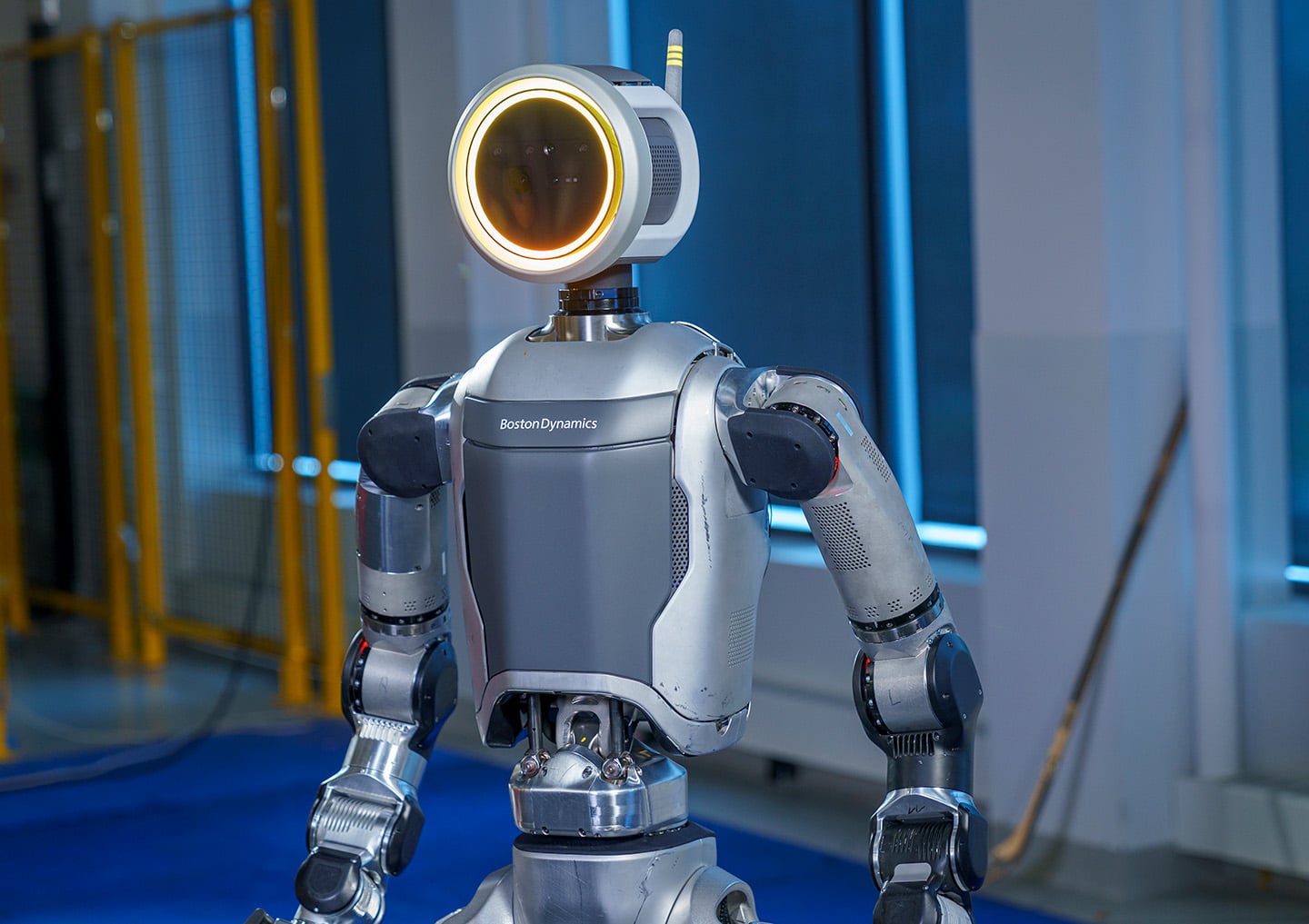1
Test Equipment / Re: Oscilloscope Music on DSOs- Post your Results
« Last post by joeqsmith on Today at 12:38:15 am »I recorded my demo by playing the youtube video into my 'scope.
I don't know if youtube audio compression would have any effect.
If anybody has an mp3...
Yeah, you need better quality. You can download wav files here: https://drive.google.com/drive/folders/1UHvGC6-TDywFri7am8YJl5G6svK33qhC
PC sound card to scope good enough? Wouldn't think with audio, we need much? Seems I tried it before with miserable results. PC scope software out performed it by a mile.



 Recent Posts
Recent Posts


